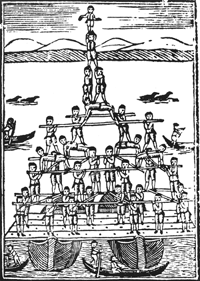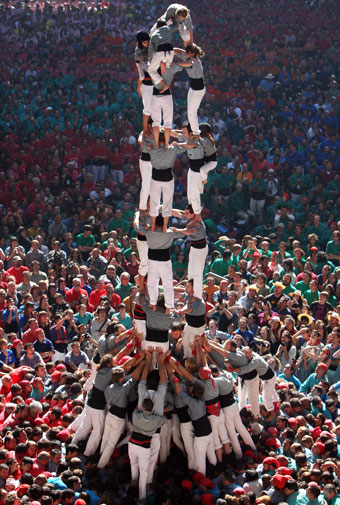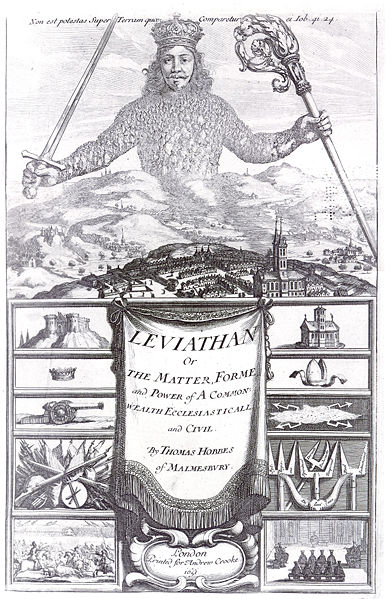One false move and a glorious human pyramid will land ingloriously in the middle of the Grand Canal in Venice. This gymnastic feat was performed by fifty men, of the Castello and San Nicolo quarters of the city, atop two gondolas on January 19, 1806. It clebrates the signing of peace agreements between these traditional rivals six years earlier, when mutual distrust of their new Austrian rulers had finally united the citizenry. Such human formations recall those actually used to scale the walls at Aquileia in 1420, by both the Castellani and Nicolotti factions, when that city fell to the Venetians. The early 19th century engraving is by Ignazio Colombo.
In the odd parade of scholars, adventurers, and eccentrics who have rummaged the remainders of ancient Egypt, few approach the Anglicized Italian circus performer named Giovanni Battista Belzoni. According to Professor Brian Fagan in The Rape of the Nile, Belzoni spirited more antiquities out of Egypt than Napoleon’s army.
Beyond that, he is remembered for two feats. One was the 1820 account of his tomb and pyramid explorations, Narrative of the Operations and Recent Discoveries within the Pyramids, Tombs, Temples, and Excavations in Aegypt and Nubia. The other was his circus act, a “human pyramid” in which he lifted a twelve man pyramid on a platform attached to his belt.

Long before Belzoni’s circus pyramid, the 50-man human pyramid commemorated here was deployed not for entertainment but for military attack. It was used to scale the walls of Aquileia and win a battle in 1420 between the warring Castello and San Nicolo families of Venice.
Belzoni’s records seem likely to stand: best archaeological book by a circus strongman; best circus act ever performed by an Egyptologist.

"the 22nd Tarragona Castells Competition in Tarragona, Spain was breathtaking. The annual human towers or castells (a Catalonian word that means "castles") event took place this weekend, drawing spectators from across the globe and some very nimble participants. The competition is a bit of a cultural phenomenon — the tradition originated at the end of the 18th century in Valls, Tarragona, when rival groups of people called colles turned creating different kinds of human towers into a competitive sport, according to Castellers de Barcelona."
There’s much to be said here about bodies, tall buildings, sovereignty, and community. Indeed, in some ways these castles are almost literal embodiments of the famous frontispiece to Hobbes’s Leviathan. A multitude constitutes the temporary illusion of sovereignty.So what’s fascinating is the discipline and coordination invested in the construction of these human towers. But also their inevitable precariousness.
( The Great )Farini saw the civil war as another adventure; an exciting new path he was anxious to embark on. It was of course the danger and thrill that attracted Farini, and when he was asked by a wealthy man to take the place of his son in the Northern Regiment, he was happy to oblige. Due to his fame, Farini was quite popular in the army. His success in the army was not related to weapons or attack strategies, but in his invention of a rope bridge, which could quickly transport troops. The glamour of this invention was that to tie the bridge to the opposite water, he would walk on water. He had crafted a pair of shoes allowing this. He managed to link his unique skills to the army once promoted to captain. His company could scale walls by means of a human pyramid, used his rope invention, and developed strength through acrobatic training in a traveling gymnasium….( Leslie Thomson)
Read More:
http://www.insteadofapes.com/Pyramids/index.html
http://13threads.blogspot.com/2010/12/incredible-and-creative-bookshelves.html
http://www.cdhsarchives.org/wiki/tiki-print.php?page=The%20Great%20Farini






 COMMENTS
COMMENTS